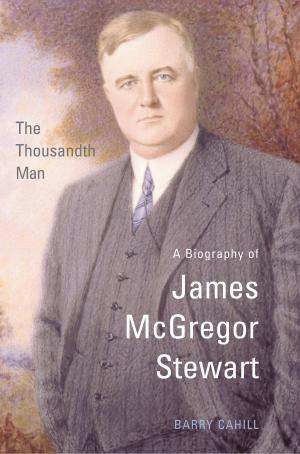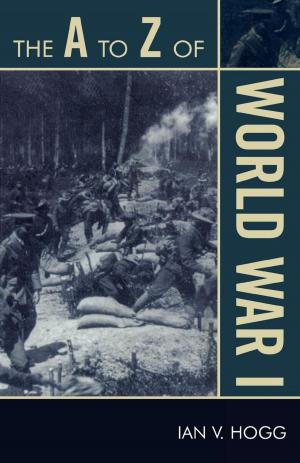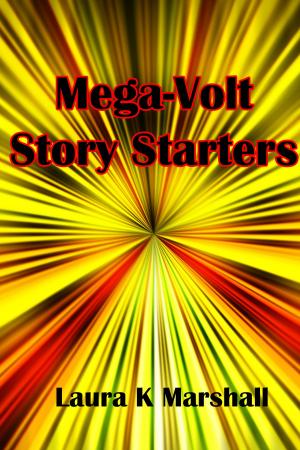Vector Theory and the Plot Structures of Literature and Drama
Nonfiction, Reference & Language, Language Arts, Writing & Publishing, Writing Skills, Reference| Author: | Cynthia Joyce Clay | ISBN: | 9780984216697 |
| Publisher: | Oestara Publishing | Publication: | April 20, 2011 |
| Imprint: | Smashwords Edition | Language: | English |
| Author: | Cynthia Joyce Clay |
| ISBN: | 9780984216697 |
| Publisher: | Oestara Publishing |
| Publication: | April 20, 2011 |
| Imprint: | Smashwords Edition |
| Language: | English |
This book examines what literary and dramatic plotting is--what plot is. The premise of this book is that the concept of forces in literature and drama is analogous to the concept of forces in physics. In physics, vectors represent the forces that push and pull--that move, propel, objects. Vectors are used analogously to describe how characters, objects, and locations which are the "bodies" of literature and drama reflect the propelling of literary and dramatic "forces." Vector theory “elegantly,” as the mathematicians say, describes the workings of plot in literature and drama, and so will give fiction authors and the theater artists (playwrights, TV and screen writers, actors, designers, choreographers, puppeteers, directors, designers, and TV and film producers) a set of new analytical tools that will help in the creation, revision (including script doctoring and scene rehearsal), and criticism of tales written and performed. While vector theory is able to answer certain questions more thoroughly than they have been answered before, vector theory supports and supplements traditional forms of criticism.
One of the most important functions vector analysis serves for the analysis of literature and drama will be to lay to rest the notion that plot is conflict. Considering conflict to be the essence of plot has tended to flood American culture with stories of violence wanting in dimension, and to encourage fiction authors, dramatic artists, readers, and audiences to find conflict in stories that are not about conflict, and so miss the point of the tale. Vector theory yields a real understanding of the workings of plot and this should lead to the greater appreciation of all tales and to the creation of stories of greater scope.
This book examines what literary and dramatic plotting is--what plot is. The premise of this book is that the concept of forces in literature and drama is analogous to the concept of forces in physics. In physics, vectors represent the forces that push and pull--that move, propel, objects. Vectors are used analogously to describe how characters, objects, and locations which are the "bodies" of literature and drama reflect the propelling of literary and dramatic "forces." Vector theory “elegantly,” as the mathematicians say, describes the workings of plot in literature and drama, and so will give fiction authors and the theater artists (playwrights, TV and screen writers, actors, designers, choreographers, puppeteers, directors, designers, and TV and film producers) a set of new analytical tools that will help in the creation, revision (including script doctoring and scene rehearsal), and criticism of tales written and performed. While vector theory is able to answer certain questions more thoroughly than they have been answered before, vector theory supports and supplements traditional forms of criticism.
One of the most important functions vector analysis serves for the analysis of literature and drama will be to lay to rest the notion that plot is conflict. Considering conflict to be the essence of plot has tended to flood American culture with stories of violence wanting in dimension, and to encourage fiction authors, dramatic artists, readers, and audiences to find conflict in stories that are not about conflict, and so miss the point of the tale. Vector theory yields a real understanding of the workings of plot and this should lead to the greater appreciation of all tales and to the creation of stories of greater scope.















